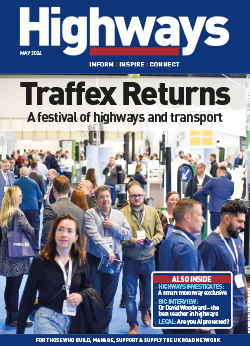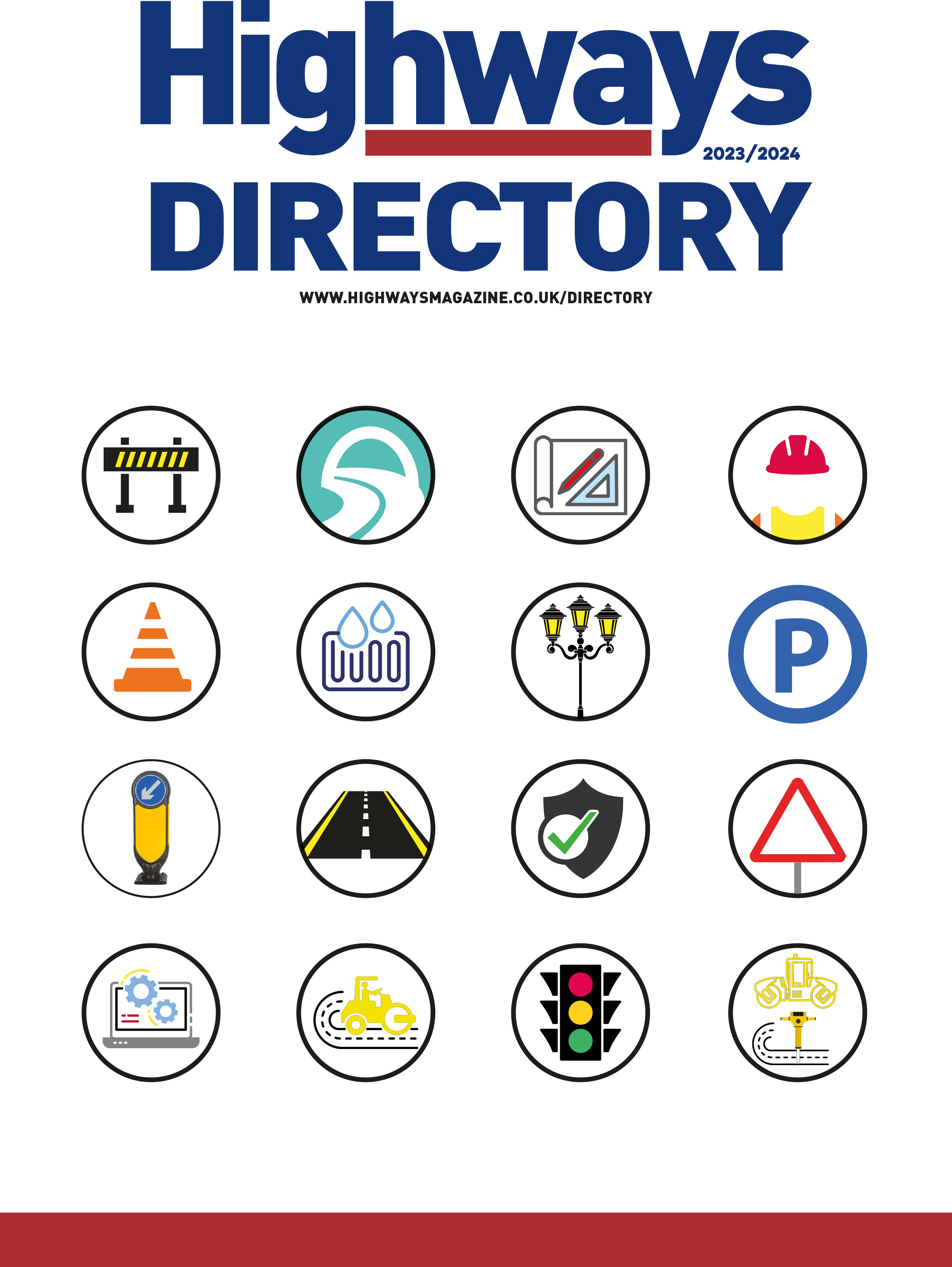Last year the European Commission gave a ‘rough estimate’ that the market potential for connected and autonomous vehicles would reach ‘$273bn between 2020 and 2030’.
China’s industry and information technology minister Miao Wei said his country alone would be home to a $14bn market for intelligent connected vehicles by 2020.
Much the investment and market potential can be seen as fighting talk from groups jostling for position at a starting gate. While vehicles have automated features such as automatic breaking, driver assist and lane control, the commercial driverless car market does not actually exist yet.
In fact John Krafcik, head of Waymo the self-driving car unit of Google parent company Alphabet, said recently it could be decades before autonomous vehicles will be ubiquitous.
There are no international standards or accreditation on how automated cars would have to perform. In the US, where there has been more of a self-certification system, there have been varying degrees of success and tragically fatal failures. Europe is likely to go for prescribed regulation in this market according to experts.
The same European Commission report quoted above found that ‘strong regulatory ambition has helped to protect the internal market from low cost competition but also maintain access to foreign markets as EU vehicles are accepted worldwide’.
To give some idea of the challenges facing regulators, a joint consultation from the Law Commission of England and Wales and the Scottish launched in November – the first of a series – raised the prospect of automated vehicles leading to ‘new forms of mischief and crime’.
The consultation discusses a potential ‘digital highway code’ and other crucial legal reforms needed to ensure that Britain is prepared for the introduction of automated vehicles.
It asks when a driverless car might break the law: ‘Should an automated vehicle mount the pavement or cross a white line to let an emergency vehicle through, just like a human driver would in an emergency situation?’
It also asks whether automated vehicles should ever be allowed to exceed speed limits or when it might be appropriate to edge through pedestrians.
It adds: ‘One of the most difficult challenges faced by automated vehicles is how to cope with groups of pedestrians blocking their path. The concern is that if automated vehicles always stop, and pedestrians know that they will always stop, they may take advantage of this.’
But what if ‘a car edges forward through pedestrians, unaware that a casualty is lying on the ground’?
The Government has already provided guidance on insurance reforms for automated vehicles. That was the easy part. Now the law commissions questions if we need to modify criminal and civil liability laws to ensure clarity and certainty about who is accountable if things go wrong and whether ‘a new Government agency to monitor and investigate accidents involving automated vehicles?’
This is at least one sector where the government does not appear shy to intervene in the market – giving the kind of support to British industry seldom seen since the 1970s.
Meridian Mobility and Team UK
Andy Pascoe of Meridian Mobility UK tells how the company was set up as a result of a call for players between industry and government about three years ago.
‘This is where the identification of market failures for the progress of connected and autonomous vehicles suggested that we needed a coordinating body. Not only that but we needed some infrastructure money. So we needed quite a lot of pump priming money from government to help some of the risks and stimulate some of the collaborative work that was needed to put the UK in the right position internationally.
‘We also needed some intervention coordination - who is doing what and who should work with who - what should the funding round look like and how should we represent ourselves on the international stage.’
Mr Pascoe highlights one of the key paradoxes of modern transport and driverless cars: ‘There is probably nothing we want to build today that will last 2,000 years. If you are designing beyond the five year lifecycle then that is a risky position to be in at this transition stage for the revolution of future mobility.’
Investment is needed because there is no market yet, the future is unclear so we cannot invest in the future.
If this is true, where does it leave us and what are we doing?
Positioning
Before we go anywhere we have to know where we are, which is easier said than done.
Jim O’Reilly, innovation manager at Ordnance Survey, outlines some of the changes in mapping and positing science that must be put in place as a foundation for CAVs.
‘When we capture infrastructure in the country as it stands, we probably capture 20,000 changes a day. If you imagine smart cities and new infrastructure as you go forward such as CAV, you are talking about millions of objects per square km. So we need to look at different ways to capture those things.’
Mr O’Reilly explains there are three layers of mapping and four layers of change – in other words space and time and their interaction.
The three layers - space - include the immediate environment, which can involve cameras, then a sensory layer to the vehicle, which uses cameras and sensors and the ‘knowledge’ that an object such as a traffic light should be where it is supposed to. Then there is the dynamic layer, which is over the line of sight of the vehicle.
This is the area Ordnance Survey is most interested in ‘because in that dynamic layer we have to classify change’ - that is time.
‘There are four levels at the moment - is that change more than a month old, is it an hour old, is it a minute old, is it less than a second? Depending on the type of manoeuvre you are trying to make you are going to have to make decisions about those safety messages. So we are trying to build platforms that would allow those safety messages to be distributed to as many people as possible. It has to be collaborative. We have to share data and knowledge.'
Testing one two three four five
In order to put all this to the test, Ordnance Survey is working on a number or autonomous vehicle projects.
‘The first was called Atlas, where we tried to model the distribution of mapping to moving vehicles through different connected infrastructure. So we are very much focused on what that connectivity might look and how can we scale from test small control environments to bigger geographies,’ Mr O’Reilly says.
‘The second project we are currently working on is called Enabling Connected and Autonomous Vehicles that is very much about what connected infrastructure would help us roll out to into bigger environments rural environments and those things.
‘The third project we are working on is about simulation. There is a project called OmniCAV coming, which is simulating 32km in Oxford. Our role is to capture that in the most rich 3D as possible. Then put that into gaming engines and the simulating world so we have verified safety testing.’
Based in Nuneaton in Warwickshire, HORIBA MIRA is a global provider of engineering, research and test services. It is also working with Meridian on the CAV future.
Chris Reeves, head of CAV technologies says: ‘I am focused on how we [test safety] in a controlled environment perspective, looking at the virtual environment where we have simulation modelling techniques, which enable me to understand new systems right to the edge of the envelope of operation. But also we have created a dedicated off highway environment which will actually understand how these systems perform
‘Specifically as part of the Meridian activity, we are creating a brand new facility, to understand the performance of these systems at the limit of their control ability. We are working with our combined authority in the West Midlands to understand how we can go from a controlled environment to trials and demonstrations in the public environment.
‘With Meridian we are creating a large facility, which is flexible in nature we can actually use portable infrastructure and create specific road layouts in test scenario. It will also be a connected environment so it will have infrastructure nodes that are G5 capable and it will also have 4g from the outset.’
Rob Wallis, chief executive of TRL, says his group is part of Meridian’s team and the wider CAV testbed community in the UK.
‘Our work culminates in the smart mobility living lab in London. This on its own is about a £20m investment to build a very intelligent infrastructure semi controlled environment that will take products and services to another level. So where organisations have trialled and validated their products on the proving ground, this is about positioning them on the real world live traffic environment.
‘We have had conversations with big businesses particularly in the US, such as Waymo, they are very impressed with the challenges we are taking on here in central London.’
MillBrook is another leading testing facility in the UK. Peter Stoker, chief engineer at Millbrook, says investment from Meridian and the Centre for Connected and Autonomous Vehicles – another government initiative – is helping transform its facilities into a connected centre.
‘We also have a collaboration with the UK Atomic Energy Authority, which is on the site of a science park in Oxford. It is more of an interactive environment - a stepping stone to real world environments. To supplement that we are building a 5G test bed. We are building an ultra-dense network in order to test transportation systems. We are still building we will be finished next September.’
Professor Paul Jennings, WMG of the University of Warwick, says his university body is looking at how to link up a ‘continuum of testing’ from simulation to real world.
‘You hear figures about how many miles need to be driven, hundreds of millions, if not billions. We would challenge that. It is not the number of miles, it is what you experience over those miles.'
Professor Jennings points out that simulation has the advantage of being able to model ‘virtually any what if’ but the real world is needed to validate the data.
‘At Warwick we are looking at some new approaches. Firstly we are looking at a hybrid between modelling and simulation in the physical world with our new simulator facility where we are synthesising but using real vehicles and real people.
‘Also as part of Meridian, we are creating a real world public environment on the streets Coventry and Birmingham where we can safely bring the products and services to be evaluated.
‘We are also working with a very interesting consortium. We are working with Amey, which is on looking at the digital backbone; Costain, which is looking at smart vehicle monitoring.’
Conclusion
It is clear there is a long way to go and transport experts like Christian Wolmar - who is doubtful of the entire project - raise serious concerns, just as the Law Commission has highlighted many difficulties.
However to say that investing in this area is a mistake is perhaps going too far. After all, when JFK announced plans to put a human being on the moon, there were many barriers.
On route to the moon, and beyond, so to speak, the space race helped develop camera phones, CAT scans, land mine removal techniques, scratch resistant lenses, the portable computer and the computer mouse, to name just a few.
In 1962, JFK commented on another paradox: ‘The greater our knowledge increases the greater our ignorance unfolds... we do these things not because they are easy, but because they hard'.



